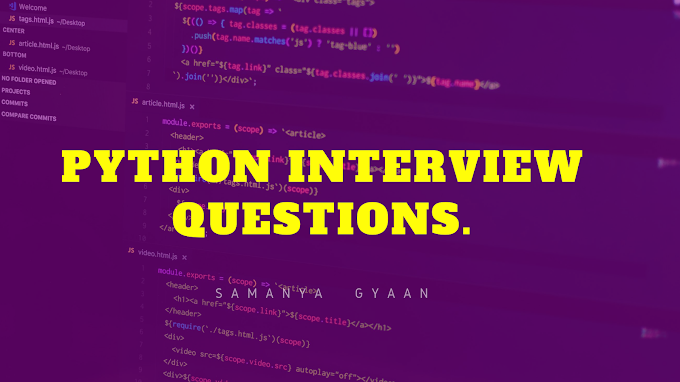Best Books For Hacking
Name : The Hacker Playbook2
Level : Beginner Friendly
Published: 2014
Author: Peter Kim
Brain too fried for Hack the Box (HTB). Relaxing book THP2 (The Hacker Playbook 2 and 3). Dude has explored all the tools for me and picked the best ones to show case. Like the Azure book. Makes life easier with all these tools doing visualizations now.
Even seasoned testers benefit from it. There is no dicking around his intro chapter gets you right back into PWK’s “hardest” section with varying shell code injection areas, including environment paths along with vanilla stack smashing manually with offsets.
The Hackers Playbook 2 by Peter Kim has a special place on my bookshelf. It literally and physically does. You see the thing about this book is that you will reference it often that you’ll have to keep it permanently in arms reach of your desk. I’ll definitely be on the pre-order list for when it’s released.
Name : The Hacker Playbook3
Level : Beginner Friendly
Name : Real World Bug Hunting
Level : Beginner Frienly, Intermediate
Published: 2019
Author: Peter Yaworski
Learn how people break websites and how you can, too.
Real-World Bug Hunting is the premier field guide to finding software bugs. Whether you're a cyber-security beginner who wants to make the internet safer or a seasoned developer who wants to write secure code, ethical hacker Peter Yaworski will show you how it's done.
You'll learn about the most common types of bugs like cross-site scripting, insecure direct object references, and server-side request forgery. Using real-life case studies of rewarded vulnerabilities from applications like Twitter, Facebook, Google, and Uber, you'll see how hackers manage to invoke race conditions while transferring money, use URL parameter to cause users to like unintended tweets, and more.
Each chapter introduces a vulnerability type accompanied by a series of actual reported bug bounties. The book's collection of tales from the field will teach you how attackers trick users into giving away their sensitive information and how sites may reveal their vulnerabilities to savvy users. You'll even learn how you could turn your challenging new hobby into a successful career. You'll learn:
• How the internet works and basic web hacking concepts
• How attackers compromise websites
• How to identify functionality commonly associated with vulnerabilities
• How to find bug bounty programs and submit effective vulnerability reports
Real-World Bug Hunting is a fascinating soup-to-nuts primer on web security vulnerabilities, filled with stories from the trenches and practical wisdom. With your new understanding of site security and weaknesses, you can help make the web a safer place--and profit while you're at it.
Name : RTFM (Red Team Field Manual)
Level : All Levels
Published: 11 February 2014
Author: Ben Clark
The Red Team Field Manual (RTFM) is a no fluff, but thorough reference guide for serious Red Team members who routinely find themselves on a mission without Google or the time to scan through a man page. The RTFM contains the basic syntax for commonly used Linux and Windows command line tools, but it also encapsulates unique use cases for powerful tools such as Python and Windows PowerShell. The RTFM will repeatedly save you time looking up the hard to remember Windows nuances such as Windows wmic and dsquery command line tools, key registry values, scheduled tasks syntax, startup locations and Windows scripting. More importantly, it should teach you some new red team techniques.
Name : Hacking The Art Of Exploitation
Level : Intermediate
Published: 2003
Author: Jon Erickson
The Art of Exploitation (ISBN 1-59327-007-0) is a book by Jon "Smibbs" Erickson about computer security and network security.[1][2] It was published by No Starch Press in 2003, with a second edition in 2008. All of the examples in the book were developed, compiled, and tested on Gentoo Linux.
The content of Exploiting moves between programming, networking, and cryptography. The book does not use any notable measure of real-world examples; discussions rarely bring up specific worms and exploits.
Programming Networking Cryptology










0 Comments
Please do not enter any scam link in the comment box.